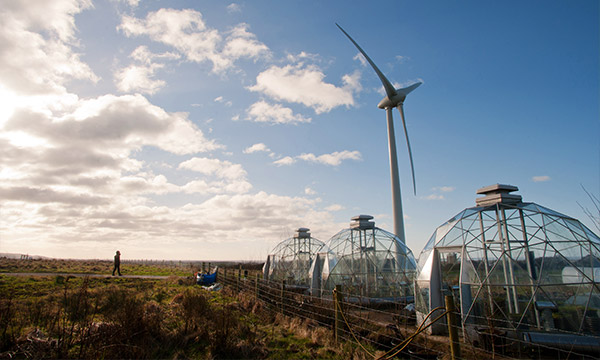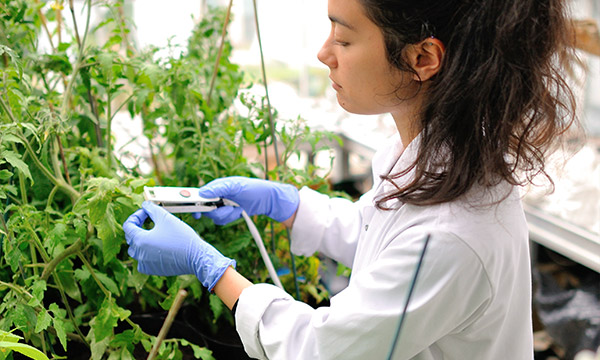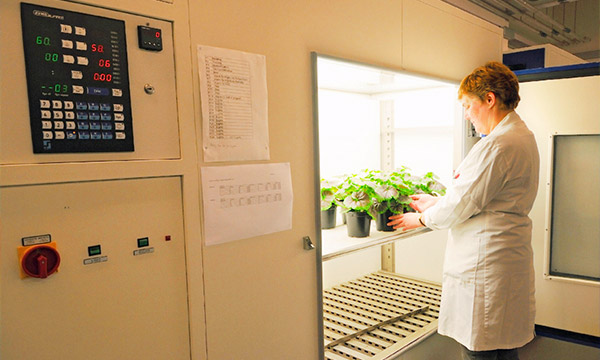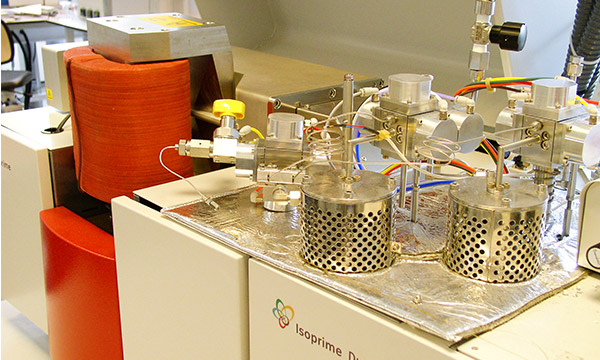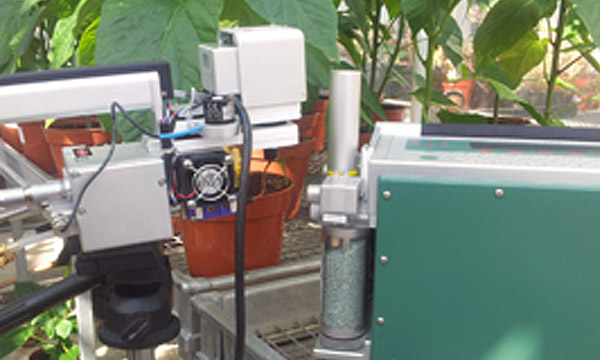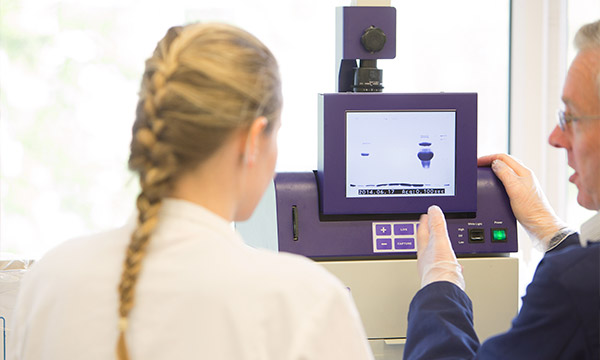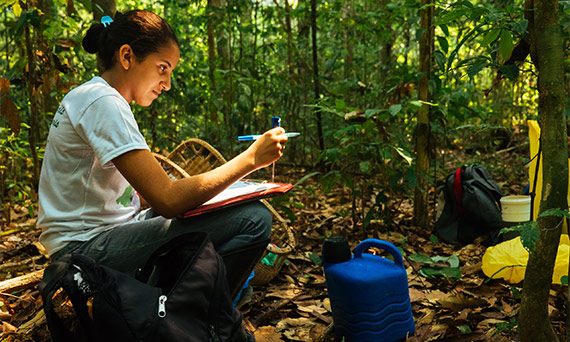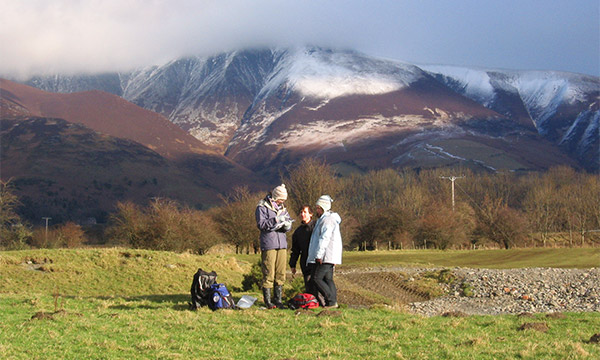Our most extensive and longest-running facility is in the River Eden Valley, to the north of Lancaster, where there is a long history of flood hydrology and more recently agriculture and nutrient research. It is one of the UK government’s three National Demonstration Test Catchments (DTCs) where we work with many partners including the Eden Rivers Trust, the British Geological Survey and the Centre for Ecology and Hydrology (CEH) and other universities.
Mobile monitoring equipment takes in situ river quality readings and other measurements. This equipment includes:
Hach Lange nutrient instrumentation measuring total reactive phosphorus (TRP) and total phosphorus (TP). YSI 6600 V2 sondes enabling the simultaneous measurement of conductivity, temperature, pH, dissolved oxygen, turbidity and total chlorophyll. ISCO 3700 autosamplers to assess the volume of nutrients flushed off the land into rivers and streams during heavy rainfall.
All monitoring sites are equipped with pressure transducers in stilling wells to provide a continuous record of the water level.
Other catchment sites where we work with the CEH include the Welsh DURESS Catchments and the more local Ribble Wyre Catchment.
We have played a fundamental role in developing the Catchment Change Management Hub a web resource which acts as a repository of knowledge about river catchments and a guide for interested parties.
Contact: Professor Philip Haygarth



